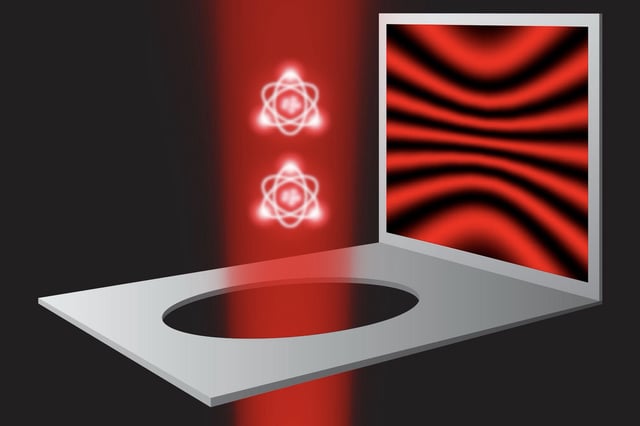Overview
- Researchers replaced mechanical slits with over 10,000 atoms cooled near absolute zero and held in a laser-formed lattice to scatter single photons.
- A faint light beam ensured each atom scattered at most one photon, isolating individual photon–atom interactions.
- Adjusting the localization of the atoms allowed scientists to trade off path information precision against the visibility of the interference pattern.
- Experimental results aligned perfectly with quantum theory and decisively supported Bohr’s uncertainty-principle argument over Einstein’s proposal.
- The findings, published in Physical Review Letters, represent the most precise realization of the double-slit experiment to date.

